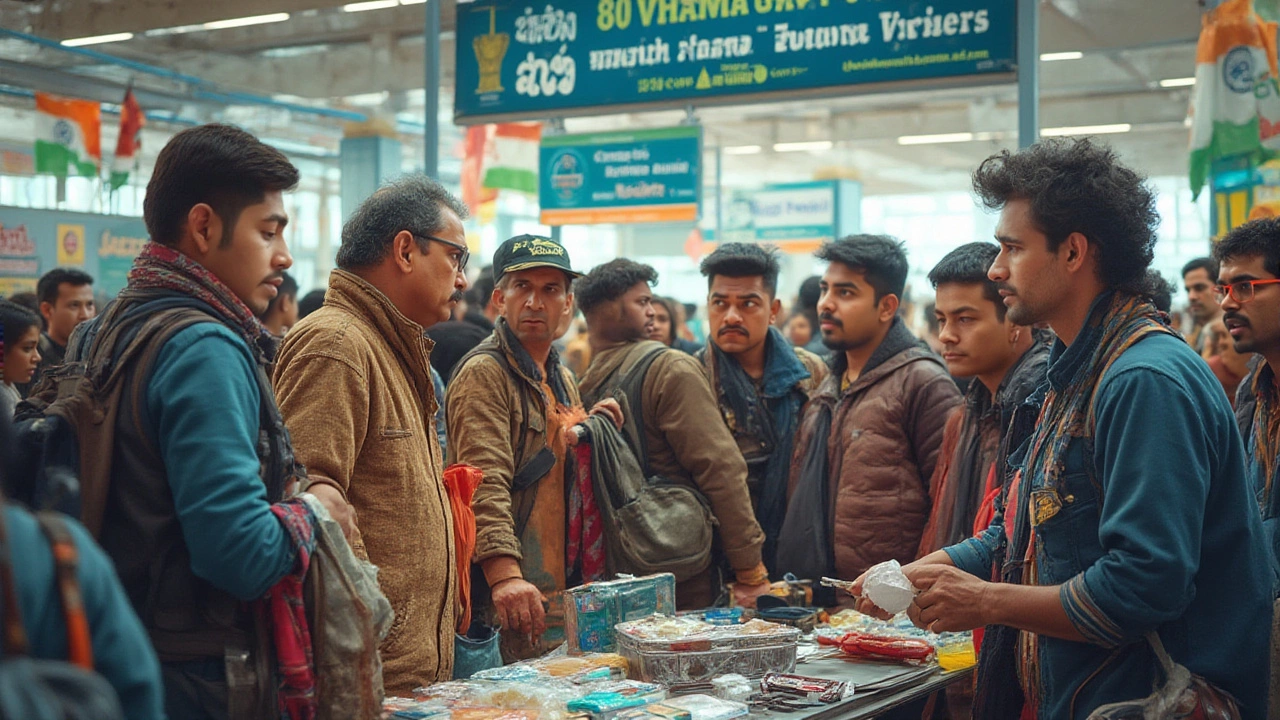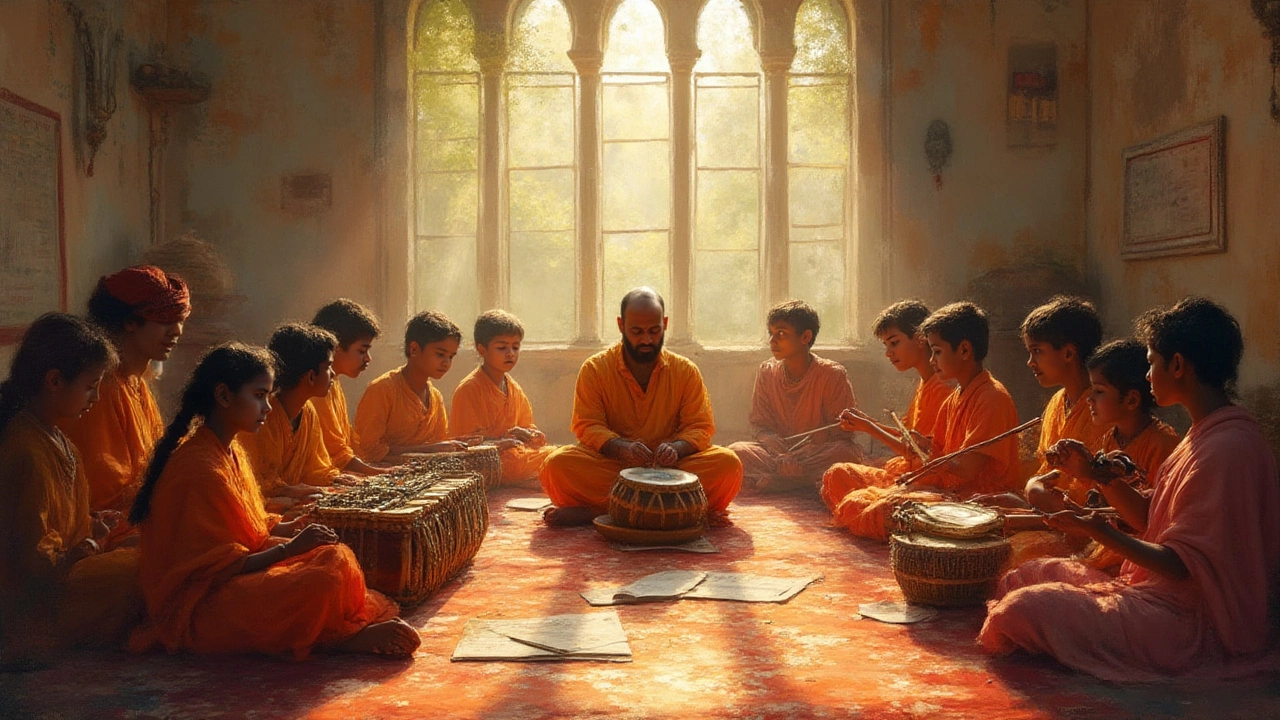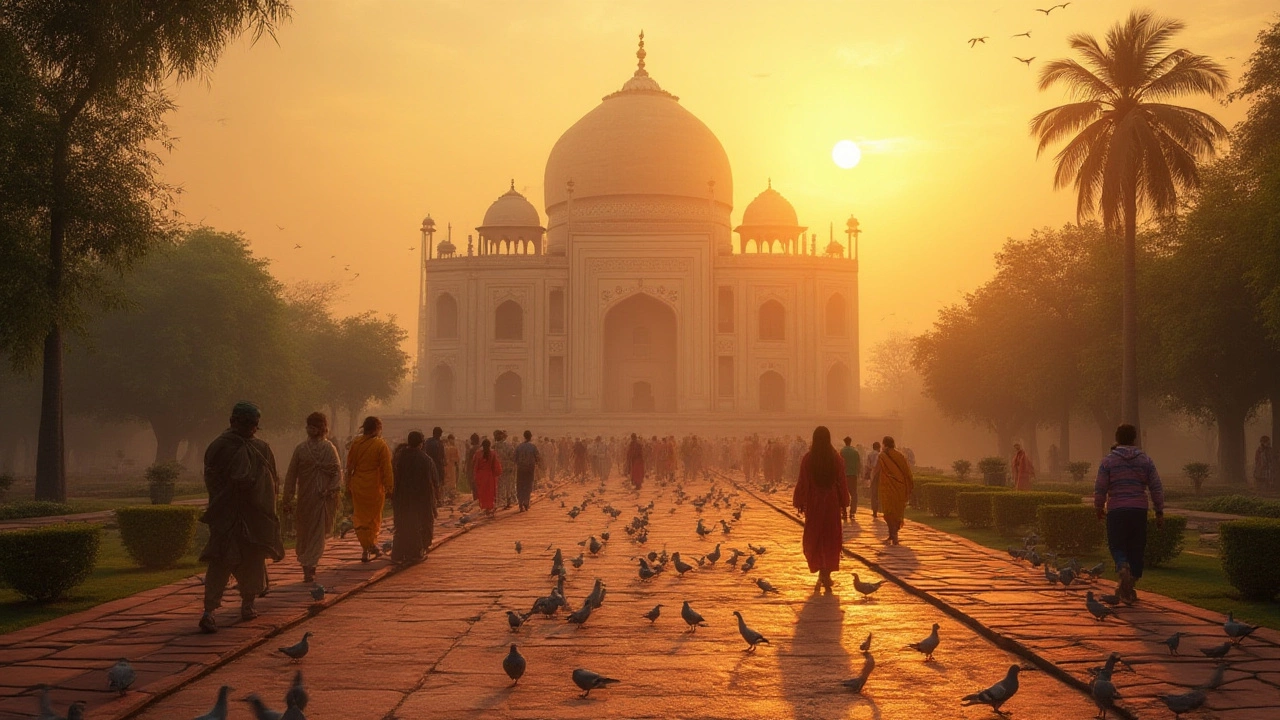Tamil Culture in 2025: Traditions, Festivals, and Daily Life
When you think of Tamil culture, the living heritage of Tamil-speaking people in South India and beyond, rooted in ancient language, art, and spiritual practice. Also known as Tamil heritage, it isn’t just about temples and songs—it’s in how people wake up, what they eat, how they celebrate, and even how they gift at weddings. This month’s collection dives into the real, everyday threads that hold Tamil society together, from the yellow turmeric paste smeared on brides to the quiet discipline of an Ayurvedic morning routine.
Ayurveda lifestyle, a 5,000-year-old system of holistic health based on balance between body, mind, and nature. Also known as natural wellness, it isn’t just a trend—it’s a daily habit for millions in Tamil Nadu. You’ll find articles showing how it shapes meals, sleep, and even how people prepare for weddings. And speaking of weddings, the haldi ceremony, a vibrant ritual using turmeric paste to bless and purify the couple before marriage. Also known as turmeric ritual, it isn’t just a step in the checklist—it’s a moment of community, scent, and color that ties back to ancient beliefs about healing and protection. These aren’t isolated customs. They connect to how people dress, what they bring as gifts, and even how they travel—like knowing when it’s okay to show your legs in a temple town versus a city street.
Music, too, runs deep. The difference between Hindustani, the North Indian classical style known for improvisation and emotional depth. Also known as North Indian classical, and Carnatic, the South Indian classical tradition with strict structure and devotional roots, central to Tamil musical identity. Also known as South Indian classical, isn’t just academic—it’s heard in homes, radio stations, and temple courtyards every day. This month’s articles break down what makes each style unique, who the legends are, and why learning one over the other feels like choosing a language of the soul.
And while these traditions feel timeless, they’re shaped by modern life. People still ask: What not to bring to India? Where do most Hindus live? Is there a Hindu Bible? These aren’t random questions—they’re signs of a culture that’s both deeply rooted and actively being understood by outsiders and new generations alike. You’ll find answers here, not in textbooks, but in real stories from people who live it.
What you’ll find below isn’t a list of articles—it’s a map. A map of how Tamil culture breathes, moves, and survives in 2025. Whether you’re planning a trip, curious about your roots, or just wondering why turmeric is everywhere, these pieces give you the why behind the what. No fluff. Just clear, useful insights from the heart of Tamil life.










